If you are interested in learning about the textile and fashion industry of Thailand, we recommend that you visit the famous Queen Sirikit Museum of Textiles.
Queen Sirikit Museum of Textiles traces the history and significance of Asian fabrics and brings to light how Thai clothes gained international prominence.
Queen Sirikit Museum of Textiles is only made possible by Thailand’s own colorful history of local fabrics. The supply and demand of Thai silk and other types of regional textiles within Indochina were centuries in the making, with the local population wearing them in their villages or cities through various eras. Up until the early 20th century, most Thais were still wearing traditional Thai clothing. With the arrival of European powers, Thai governing powers began to push for Western fashion in a bid to be perceived as modern and inadvertently causing a decline in demand for Thai textiles. This downward trajectory of the industry continued until two key figures revived interest in local fabric and fashion in the 1950s. One of them was Jim Thompson, and the other is the nation’s very own Her Majesty Queen Sirikit.
HRM Queen Sirikit of Thailand
image source: Tatler
Since her coronation, Queen Sirikit’s contributions to the Thai people have been staggering, one of which was using her status as a catalyst for Thai fabrics’ international reputation. In 1960, King Bhumibol and Queen Sirikit went on a world tour to establish and enhance state relationships with Thailand. Their trip would mostly take them to 40 cities in Europe and the United States of America. Queen Sirikit, understanding her role as Thailand’s representative, began meticulously preparing how she would present herself. This led her to source local Thai textiles, in particular silk, and transform them into high fashion pieces. She employed celebrated fashion designer Pierre Balmain to design many haute couture dresses. The result was a wardrobe of day dresses and evening gowns and the creation of eight distinct styles of Thai formal wear. When her tour and dressing style made news, both Thai and international communities sat up and took great interest once more in the uniqueness and quality of Thai textiles.
The Museum and Its Historic Building
In 2003, Her Majesty Queen Sirikit requested permission to use a then-vacant building on the grounds of the Grand Palace to house a new museum of textiles. The Ratsadakorn-bhibhathana Building, erected in 1870 by King Rama V and formerly the Ministry of Finance, was graciously granted for this purpose by His Late Majesty, King Bhumibol Adulyadej.
This Italianate office building had previously served as the Ministry of Finance and the Office of Royal Ceremony. For its reinvention as a museum, it underwent a top-to-bottom renovation that transformed it into a state-of-the-art facility boasting new visitor reception areas, galleries, storage, an education studio, library, lecture hall, and Thailand’s first dedicated textile conservation laboratory. Nonetheless, its past is still very much present, in the preservation of its original façade and many internal architectural details.
The museum not only preserves the history of Thai and Asian textiles but also acts as a conservatory and laboratory for their safe keeping and further development. Today, one can see the queen’s iconic world tour dress collection on display and use the museum’s many facilities as a textile research center.
On-Going Displays and Exhibitions
A Royal Treasure: The Javanese Batik Collection of King Chulalongkorn of Siam
During our visit back in March 2019, we are privileged to have a view of the late king’s Javanese Batik Collection.
A Royal Treasure: The Javanese Batik Collection of King Chulalongkorn of Siam is an exhibition dedicated to showcasing the batik collection of King Chulalongkorn during his three trips to Java in 1870, 1896, and 1901. During his majesty’s trips to Java, His Majesty brought back a collection of 300 pieces of batik, including several rare surviving examples. A Royal Treasure: The Javanese Batik Collection of King Chulalongkorn of Siam exhibition shows visitors about His Majesty's duties and works which is one of the important methods of Siam’s sustainable development.
The exhibition is ongoing until April 30, 2023.
 |
| Source: Youtube snippet |
The Power of Love
The Power of Love tells the story of Her Majesty Queen Sirikit The Queen Mother when she was young until she became The Queen Regent. Her Majesty Queen Sirikit The Queen Mother traveled with His Majesty King Bhumibol Adulyadej The Great on their official visits to all regions in Thailand. Her Majesty has fulfilled her desire to improve the well-being and happiness of the Thai people, having worked beside His Majesty King Bhumibol Adulyadej the Great for almost seven decades. With her hard work and perseverance, Her Majesty has tirelessly devoted herself to the betterment of her people, demonstrating the power of her genuine love for her people and the nation.
This exhibition offers visitors the chance to view Her Majesty’s most stunning attires and related accessories: handbags, hats, and handheld fans. The exhibition is further enriched by footage and photographs. The exhibition opens to the public from 15 August 2019 onward in the 1st and 2nd galleries at the Queen Sirikit Museum of Textiles.
National Thai Textile Day
The auspicious day August 12 has been declared National Thai Textile Day to coincide with the birthday of Her Majesty Queen Sirikit The Queen Mother who led efforts to modernize the domestic textile industry.
The decision was approved by the cabinet as part of this year's commemoration of Her Majesty the Queen Mother's 90th birthday, said Prime Minister Prayut Chan-o-cha, who added that her tireless promotion of Thai textiles has long been cited as one of the key reasons for the revival of the domestic industry.
Gen Prayut said Her Majesty the Queen Mother had advised local weavers on ways to improve their skills as well as the quality of their fabrics, and now many locally woven contemporary garments are suitable for the most auspicious social occasions, he said.
Her Majesty the Queen Mother's efforts have helped to preserve indigenous fabric production and textile arts while the families who create the fabrics now enjoy a better quality of life from the value added to their products said the prime minister.
Accessibility
• The museum’s coffee bar is located near the Museum Store.
• The museum is accessible to wheelchair users. Please see the information desk.
• The museum is accessible to user guides (written in Thai, English, Mandarin, Korean and Japanese) as available at the information desk.
• You can buy souvenir items from the museum’s store. Accepts cash and credit card payments.
Dos and Don’ts
• Smoking is not permitted anywhere in the museum.
• Oversized strollers, backpacks, and umbrellas must be checked.
• Photography and filming are not permitted in the galleries. However, they are allowing guests to take pictures at the museum’s activity studio where you can dress up in their traditional Thai dresses.
• Please turn off your mobile phone before entering the galleries.
• Food and drink are not permitted anywhere in the museum.
@blair.villanueva#queensirikit#museum#textile#batik#grandpalace#thailandtravel#thaitiktok#travel#bangkok#tiktoktravel#tiktokthailand#sustainablefashion♬ Thailand Travel Ambient Instrumental Type Beat - MaisonStudio92
Tickets/Admission
Admission to the museum is included in the Grand Palace visitor’s entry fee 500Baht. (link here)
For those who are only interested in visiting the museum, admission fees are the following:
Adults 150 Baht
For seniors (over 65) 80 Baht
Students (with ID) 50 Baht
youth (12-18) 50 Baht
Children (under 12) Free
Queen Sirikit Museum of Textiles
Mission
The museum’s mission is to collect, display, preserve, and serve as a center for all who wish to learn about textiles, past and present, from Southeast Asia, South Asia, and East Asia, with a special emphasis on the textiles of, and related to, the royal court and Her Majesty Queen Sirikit. Additionally, its goal is to create public awareness of Thai identity and culture, and the beauty of Thai traditional textiles, through research, exhibition, and interpretation. The museum’s objectives, set by Her Majesty, are being achieved by the museum staff, guided by Her Royal Highness Princess Maha Chakri Sirindhorn.
QUEEN SIRIKIT MUSEUM OF TEXTILES
Ratsadakhorn-bhibhathana Building
The Grand Palace, Phra Nakhon Bangkok,
10200 Thailand
Open daily from 9:00AM to 4:30PM
(+66) (2) 225 9420, (+66) (2) 225 9430
Website: http://www.qsmtthailand.org/

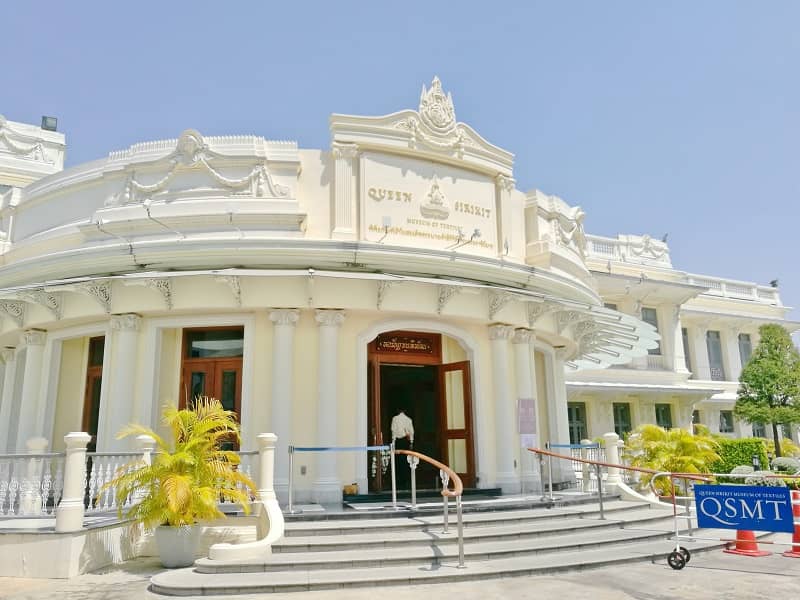
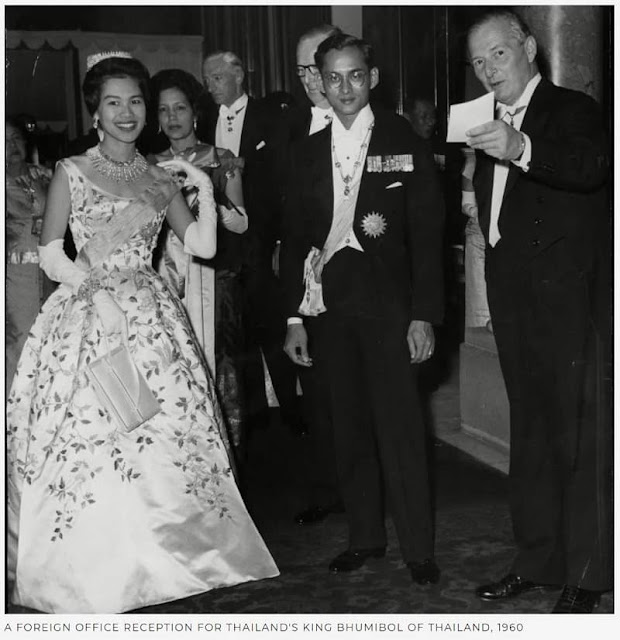
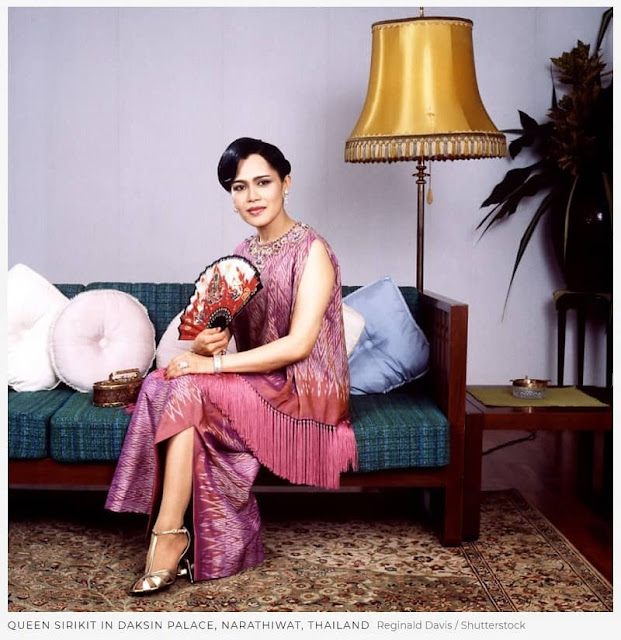

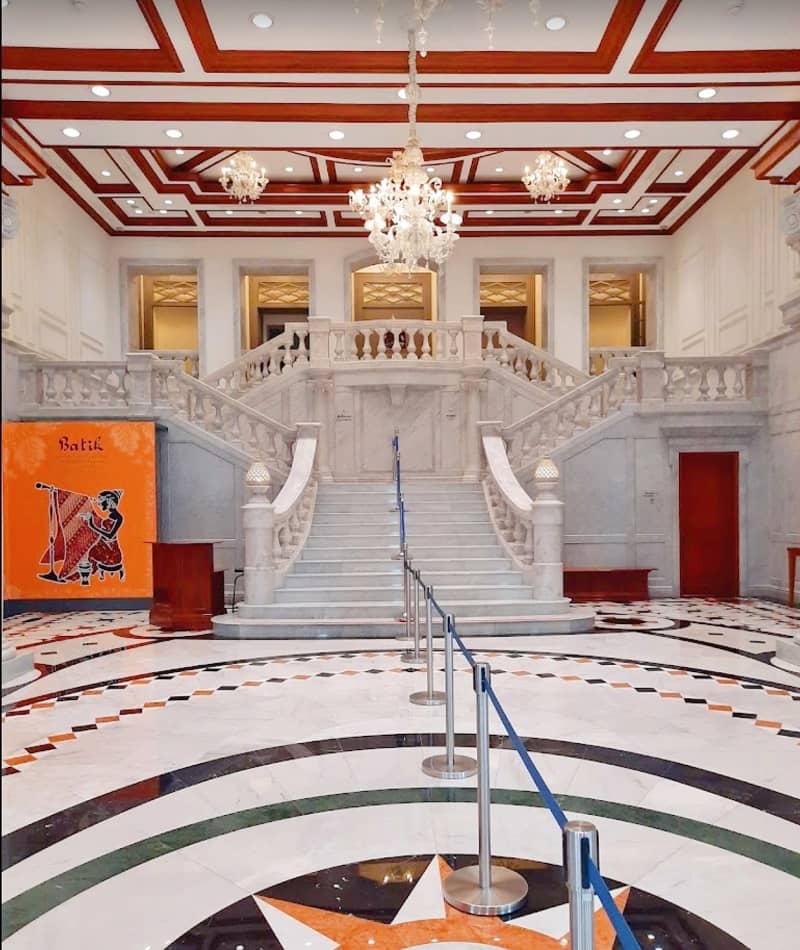



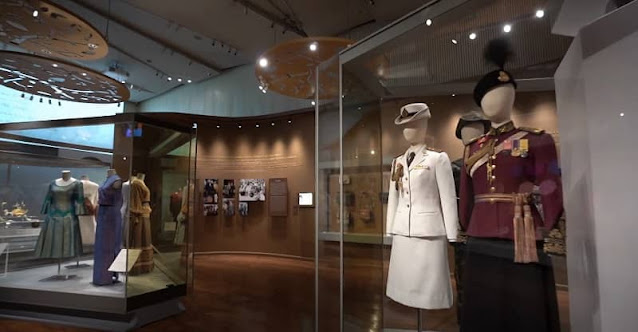






















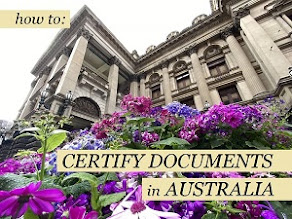
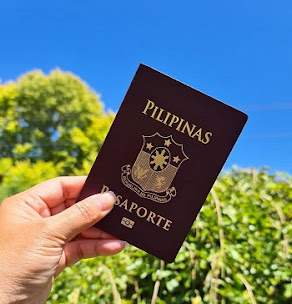

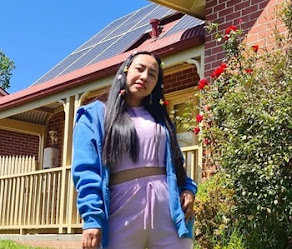
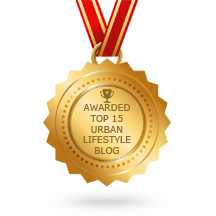

Thank you for sharing this with us po!such a nice place and perfect those who really love or interested in this museum of textiles in Thailand 🥰Super ganda po and it's looks fun😍
ReplyDeleteI wish the Philippines could have a dedicated textile museum. Maybe Madame Imelda could initiate the project.
Delete